
Did you know that making just a few small changes in your home can have a big impact on the environment and help you to both save energy and money?
With that in mind, we have put together a list of our 13 top tips to help you live a more sustainable and energy-efficient life in 2021. Take a look to see what smart energy saving changes you could make this year - you might find some new ones towards the end!
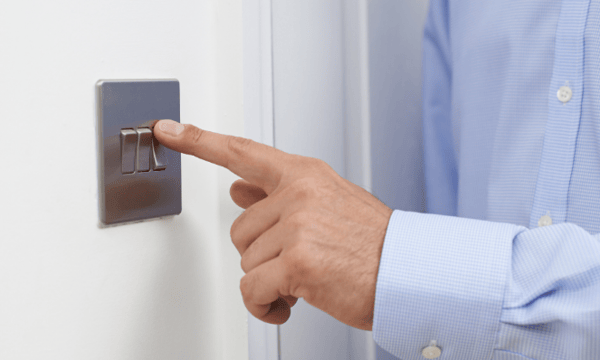
1) Turn off lights when you leave a room
It may seem obvious, but making sure that you don’t leave any lights on in your house unnecessarily is a really easy way to save on your monthly electricity bills as well as reduce your home’s carbon emissions. In fact, according to the Energy Saving Trust, lighting accounts for around 20% of the average UK households electricity bill and the typical home could save almost £15 a year by just switching lights off when you leave a room, so this small change really is a smart energy saving tip that will make you some money as well!
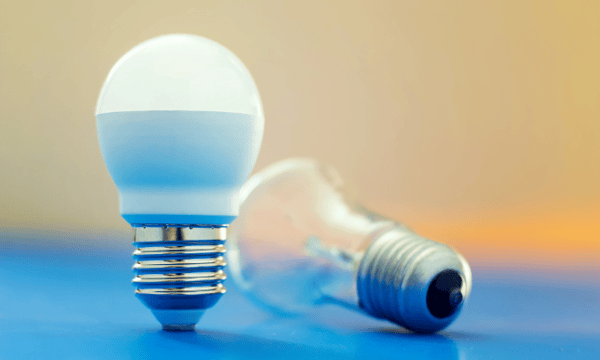
2) Switch to LED lights
Another really simple way to save energy in your home is to swap out your old halogen bulbs for LED lights. LEDs are the most energy-efficient bulbs available on the market, using 90% less energy than incandescent. By comparison halogen bulbs only use 20-30% less energy than incandescent bulbs.
Not only are they far more efficient than their incandescent or halogen counterparts but they also last far longer, with some claiming to last for 25-30 years depending on how they are used. So despite slightly higher initial costs, it won’t be long before they pay for themselves.
In fact, stats from the Energy Saving Trust suggest that you could save up to £2 per bulb per year for a 35 watt bulb or £3 per bulb per year for a 50 watt bulb when you switch from halogen bulbs. Of course, if you make your LED bulbs Smart bulbs then they can be switched on or off remotely, making it even easier to save energy in your home.
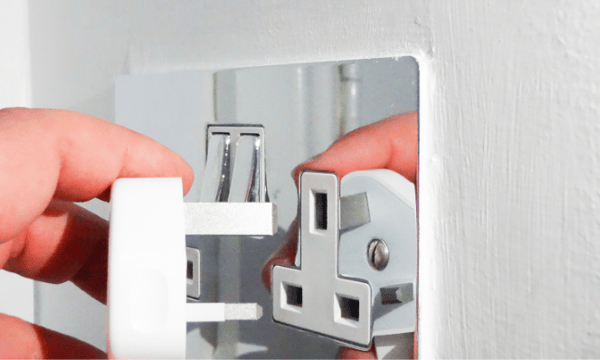
3) Unplug your devices when they aren’t in use
Unplugging your devices when you aren’t using them is another easy way to save electricity and reduce CO2 emissions. May not realise it by even when left on standby, your appliances are still using energy that you aren’t benefiting from. In fact, the Energy Saving Trust estimate that the average UK household spends £35 a year powering appliances left on standby!
Alternatively, why not plug your appliances into a Smart Plug? That way you can switch them off completely without having to unplug them from the wall. You can even plug a power strip into a Smart Plug to more easily turn off multiple devices at once, especially those that are hard to access!
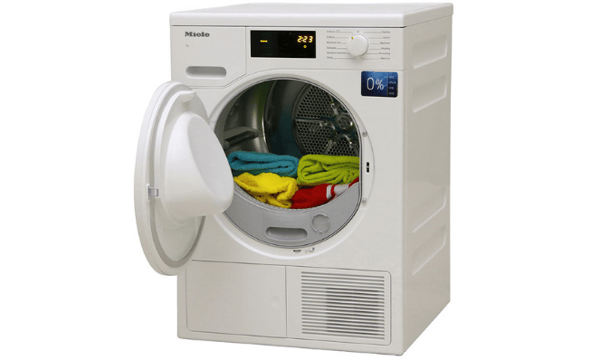
4) Upgrade your appliances to energy-efficient ones
It will probably come as no surprise that tumble dryers and refrigerators are two of the most energy-intensive appliances in your home. However, by replacing them with newer, more efficient models, you can cut their energy usage down significantly, helping reduce your energy bills in the process.
In fact, according to Which?, annual running costs for a tumble dryer can range from £25 to £121 a year depending on its energy efficiency! Of course, even if you don’t replace your appliances, making sure that they are well maintained on a regular basis will also prevent them from consuming too much electricity.
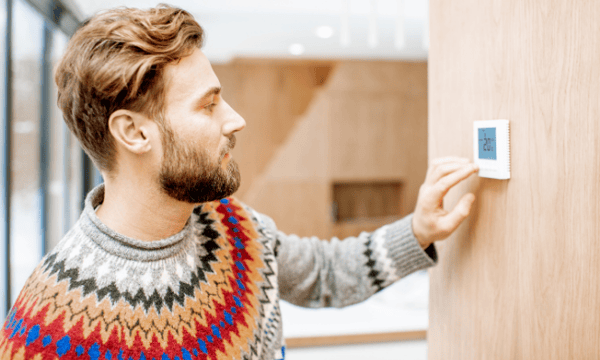
5) Turn your thermostat down
Keeping your thermostat temperature to around 17°C is a great way to save energy in your home. In fact, according to the Energy Saving Trust, a typical three-bedroom semi-detached house can save £60 and 310kg of Co2 a year by turning your thermostat down by just one degree!
Alternatively, using a programmable smart thermostat is even better as you can set it to come on only when you really need it. What is more, according to data from Tado customers, the average energy saving of their customers using a smart thermostat in the UK is around 20%. As average gas bills in the UK are £572 a year, that means you could save around £110 a year. According to Nest, its UK customers saved between 8.4% and 16.5% or £48 to £94 a year.
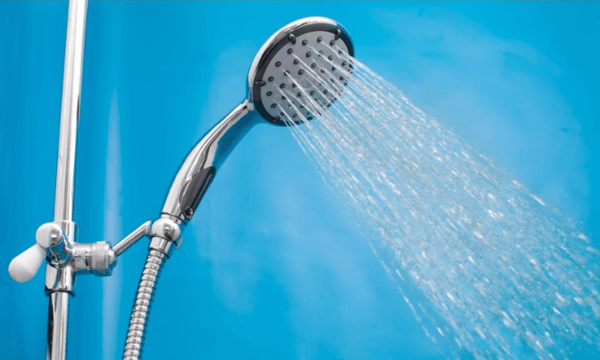
6) Reduce your water consumption
Turning off running taps when they aren’t being used whilst you brush your teeth, taking quick showers or even measuring out your water while cooking are all easy ways to conserve water and save energy. Showers are the biggest source of water usage in homes which is why installing an eco shower head, such as the eco-camel, is another easy way to conserve water. Eco shower heads oscillate the water flow, effectively injecting air into the stream, making the volume seem greater so that you can use less water during each shower.
According to Waterwise, replacing your showerhead with a more water efficient one could reduce household bills by up to £120 per year. Another great tip is to pour any unused household water in a water butt in your garden. This can then be used instead of the hose to water your plants in the summer months.
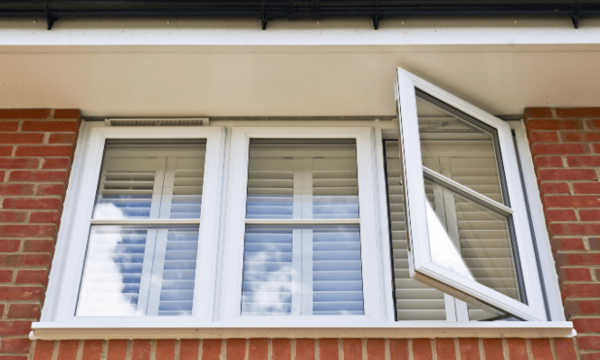
7) Install double glazing
Having double glazing installed on your external windows and doors is an excellent way to save energy and reduce your carbon footprint. However, there are a few things to consider. Firstly, how well its materials prevent heat from being lost. Secondly, how much sunlight travels through the glass; thirdly, how much air leaks around the pane and lastly that your installer is FENSA approved. As energy efficient windows can be either double glazed or triple glazed and in a range of frames materials including, uPVC, wood or aluminium, it is important to consider which materials are best for your home.
Although it might be tempting to simply go for the cheapest option, it is worth remembering that double glazing is an investment that will not only add value to your property but also help reduce your home’s carbon footprint too. Of course, there is also the added benefit of reduced energy bills.
According to the Energy Saving Trust, installing the most energy efficient (A++) double glazing can save an average detached house in England, Scotland and Wales between £115-£120 a year, not bad!
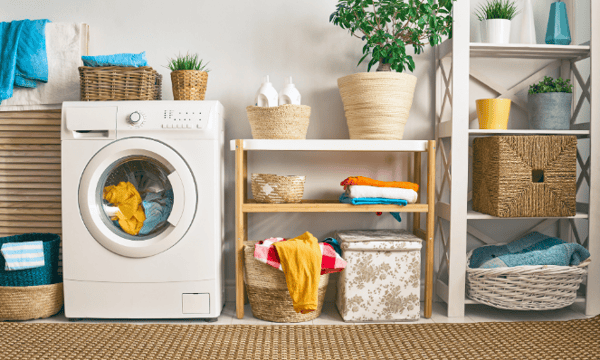
8) Wash your clothes at lower temperatures
It might be a well-known tip but making sure that you wash your clothes at a lower temperature such as 30°C and with a full load is an easy way to save a lot of water and electricity in your home. Washing machines are one of the most heavily used appliances in the home, with wet appliances accounting for around 10% of the average homes energy bills.
According to the Energy Saving Trust, a 7kg washing machine that is used 220 times a year will cost between £25 - £35 a year. However, by washing clothes at 30°C you can use around 40% less energy than washing at a higher temperature.
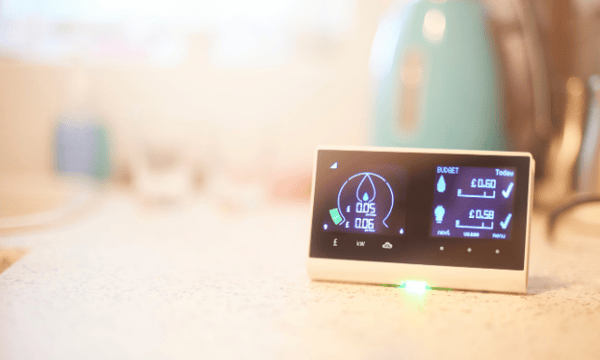
9) Use a smart meter to track your energy consumption
A smart meter uses a secure network to wirelessly and automatically send your meter readings to your supplier and displays what energy you are using when you are using it and the cost of it on a digital display in your home, meaning that you never have to worry about inaccurate bills ever again!
Using a smart meter is a great way to help you reduce your energy consumption in real-time as they help you to see how much power you’re consuming and where you can reduce it to save both energy and money.
In fact, a report by Smart Energy GB showed that 86% of smart meter owners adapted their behaviour to reduce their energy consumption, with households saving £115 or more per year at no extra cost.
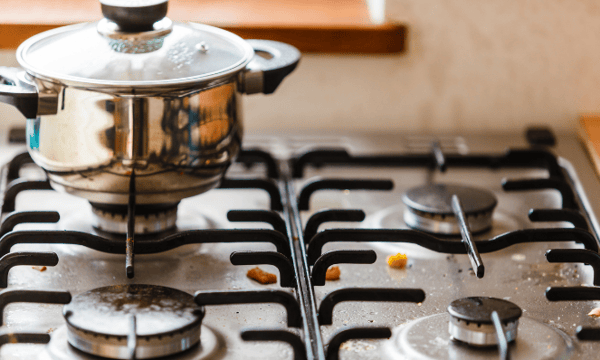
10) Keep a lid on your pots when cooking
This is a really simple everyday hack to help you save energy. By cooking with the lid on and using the right size pan, you are helping to reduce the cooking time and your water usage, saving energy and money. In fact, research shows that you can save about 3% in energy costs per pan by leaving the lid on, not bad hey?
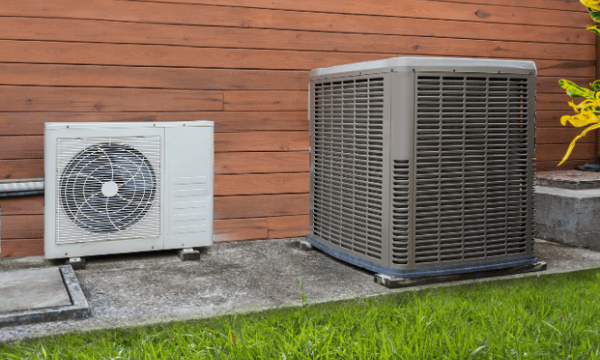
11) Get paid for installing renewable heating systems
Another way to get money towards renewable heating costs in your home is the Domestic Renewable Heat Incentive (RHI). The RHI is a government financial incentive scheme that promotes the use of renewable heat. Anyone who installs a biomass boiler, solar water heating or certain heat pumps and meets the scheme's criteria receives quarterly payments for seven years based on the amount of clean, renewable heat it is estimated that their system will produce.
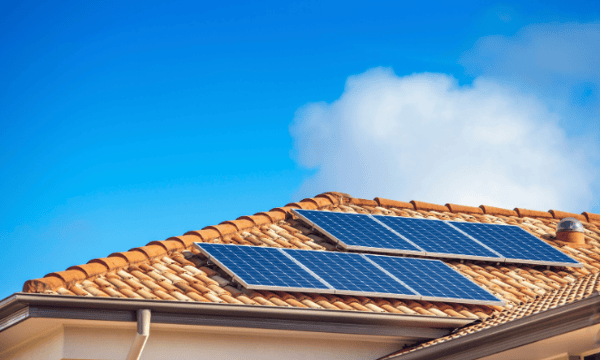
12) Get your renewable technology to pay for itself
If you have installed solar photovoltaic (PV) panels, Wind turbines, Micro combined heat and power (CHP), Hydro, or Anaerobic digestion (AD) technologies in your home then you might be able to get money through the Smart Export Guarantee (SEG). Thanks to the SEG you can get paid by licensed electricity suppliers for every unit of electricity that you feed back into the grid from your renewable system.
13) Join the equiwatt community
With no registration or subscription fees, equiwatt is a completely free way to save energy, reduce your carbon footprint and get rewarded in the process. equiwatt’s free app enables you to connect your home's smart meter so that you can get rewarded for reducing your energy usage during regular peak time events.
Taking part in these events earns you points based on how much energy and carbon you have saved, with these points then being able to be redeemed in the gift store.
Alternatively, you can choose to take part automatically in events by connecting appliances to the app using a range of different smart integrations. For example, you can connect a TP-Link KP115 or HS110 energy monitoring Smart Plug so that your chosen appliances can be turned off and on again automatically without needing to lift a finger!
Want to find out more about equiwatt? Click here to download and register for the FREE app today!
















